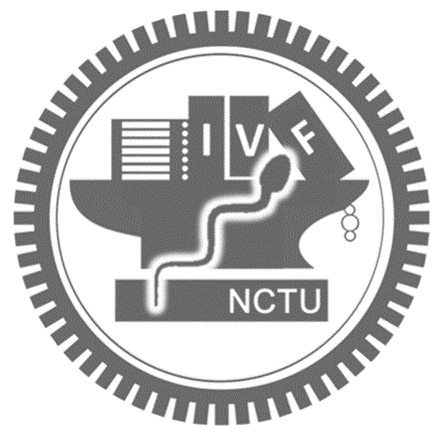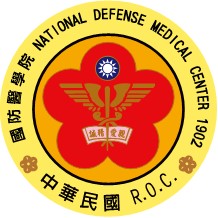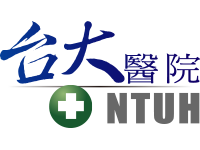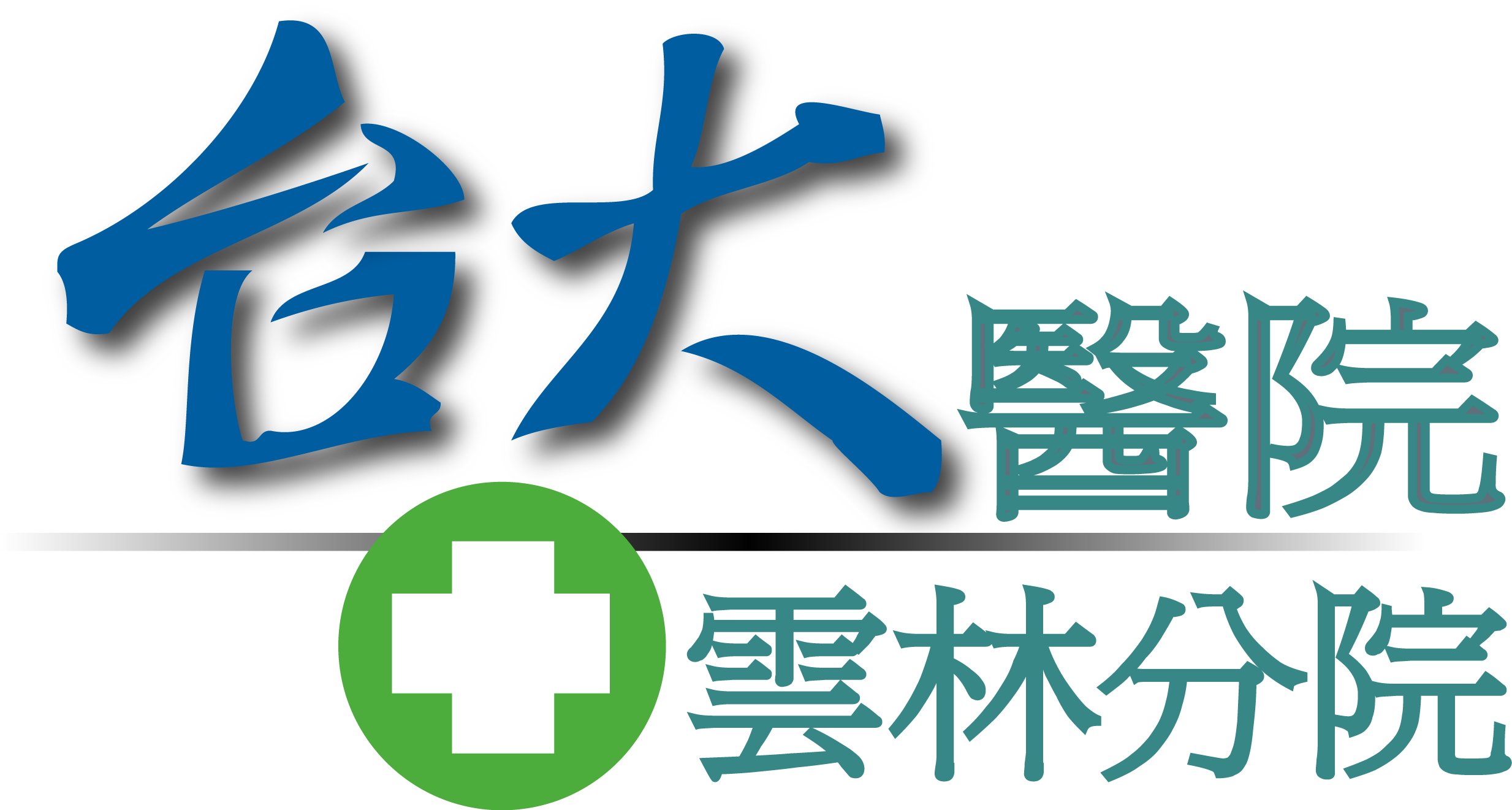
National Chiao-Tung University / Assistant Professor Bor-Ran Li
Booth No:R1002-137
National Chiao-Tung University / Assistant Professor Bor-Ran Li
There are approximately 20% population infertile in developed countries. Undeniably, the sperm quality dramatically influences on the embryo growth. It is essential to sort the sperms before assisted reproductive technologies performed. Nowadays, there are two common sorting methods in reproduction medical centers worldwide: swim-up and density-gradient centrifugation, DGC. However, the low-throughput and the sperm damage is still doubtable. Given that, our group developed a microfluidic technique for high-efficiency sperm sorting with advantages of low processing time, harmlessness and high purity of motile sperms. As proven, the percentage of motile sperms in the specimen of a severely-infertile patient was significantly increased from 2% to 97%, which was noticeably greater than that of swim-up (38%) and DGC (22%). Besides, immotile cells and debris were obviously removed. The sorted sperms can be further utilized to in vitro fertilization and/or intracytoplasmic sperm injection for successful fertilization and to fulfill the dream of infertile couples.
National Chung Cheng University
Booth No:R706
National Chung Cheng University
Hyperspectral imaging technology: Image identification and processing based on sample spectral characteristics, improving the problem of insufficient identification of traditional AOI technology.The past technology is only based on the concept of color image processing technology. In this products, we break through the past image processing technology, through our Developed hyperspectral imaging technology. Through this technology, our method of analyzing images is based on the characteristics of the sample spectrum, and the image identification and processing. The characteristics of the sample spectrum can show the optical and material characteristics of the sample itself, which can solve the traditional technology. The problem of different object appearance and color characteristics is not obvious. In this products, we have combined this software technology with a hardware image sensor to create an innovative hyperspectral imager with a bandwidth of 380-780 nm, a resolution of 1 nm.
National Defense Medical Center
Booth No:S913
National Defense Medical Center
The bioelectrical impedance analysis device (BIA) is used to obtain the bioelectrical impedance of the subject. The predictive model converts the bioelectrical impedance, and calculates the estimated body composition data; wherein the BIA predictive model is modeled based on multiple training materials of multiple training testers of the ethnic group.The team established critical techniques to relief limits and massively produce Japanese encephalitis (JE), chikungunya fever, zika and dengue VLPs. The team developed a variety of high-safety mosquito-derived VLPs with high specificity, high sensitivity and suitable for the development of multiple antibody detection capabilities. In the short-term, such VLPs are potential to develop antibody detection kits for mosquito-borne viral infection.
National Health Research Institutes
Booth No:S723
National Health Research Institutes
Innovations and brilliant research results of NHRI, such as: Cell Therapy, Big Data in Bio-medicine, Precision Medicine, Cancer Immunotherapy, Regenerative Medicine, Microbiota, New Drugs, Vaccines , Biotech innovations.2. Sponsored Research
3. Out Licensing
National Health Research Institutes / Dr. Min-Shi Lee
Booth No:R1002-3
National Health Research Institutes / Dr. Min-Shi Lee
Influenza infections cause millions of hospitalisations and 300-650 thousand deaths annually. Vaccination is recommended to mitigate the disease burden. Egg-based vaccine production is a low-cost and mature platform and could supply seasonal influenza vaccines more than global demand. However, during the 2009 H1N1 influenza pandemic, the egg-based platform could provide only 20% of expected doses in the first 6 months. Therefore, it is desirable to develop multifunctional platforms for pandemic preparedness, which could be used to produce other human vaccines during inter-pandemic phases and converted to produce pandemic influenza vaccines during influenza pandemics. Vero cell-based platform could meet these criteria because it is used to produce several human vaccines. However, influenza viruses do not grow well in Vero cells. To improve the production efficiency of Vero cell-based influenza vaccines, we develop two Vero cell-derived master donor viruses to generate high-growth vaccine viruses for avian influenza H5N1, H5N2 and H7N9 viruses.2. Development of bioreactors
3. Development of purification equipments
National Taiwan University Hospital
Booth No:R514
National Taiwan University Hospital
New era of medicine – Artificial intelligence and precision medicineNational Taiwan University Hospital recently has lots of breakthrough in the fields artificial intelligence and precision medicine whole genome examination, entering a new era of medicine.
We have developed a mobile phone App performing wound interpretation. This AI system can follow up patients’wound condition after surgery at home. We will also demonstrate an AI system making diagnosis of skin abnormality, which can help doctors to make rapid and precise diagnosis of skin disease.
We have also developed next-generation sequencing diagnosis of genetic diseases and we can give molecular diagnose to critically ill children in one week. We are going to offer whole genome examination. Whole genome examination can generate information about pharmacogenomics, so doctors can know the suitable drug dosages to decrease the chances of drug-related adverse reaction. Whole genome examination also includes a number of serious diseases, so people can know their risk for cardiac, cancer, and other diseases.
National Taiwan University Hospital
Booth No:Q223A
National Taiwan University Hospital
Booth No:Q223A
National Taiwan University Hospital
2.小兒疾病區-即刻救援,新生的曙光:龐貝氏症新生兒篩檢照護團隊(基因醫學部)
National Taiwan University Hospital Jin-Shan Branch
Booth No:Q223A
National Taiwan University Hospital Jin-Shan Branch
老年:以全院志工,深入社區的創新社區健康照護模式新典範
National Taiwan University Hospital, Yun-Lin Branch
Booth No:Q223A
National Taiwan University Hospital, Yun-Lin Branch
The psychiatric resource is relatively limited in Yunlin County. Without good accessibility, patients in villages did not have satisfying symptom control and were frequently hospitalized in the past. Therefore, our team developed two community service models (case management with home visits, outreach clinics in communities) for enhance the availability. "Case management with home visits" means providing biological and psychological treatment via home visits by medical staff. "Outreach clinics in communities" means to set extended clinics in health centers of villages for reducing the traffic barriers. The two models have been established for decades; more than one hundred patients are benefited from the services each month. Besides, we tried to combine social and family assessment, occupational rehabilitation in the two programs. According to the research published in international journals, our models have satisfying outcomes in the aspects of preventing re-hospitalization and improving quality of life.






